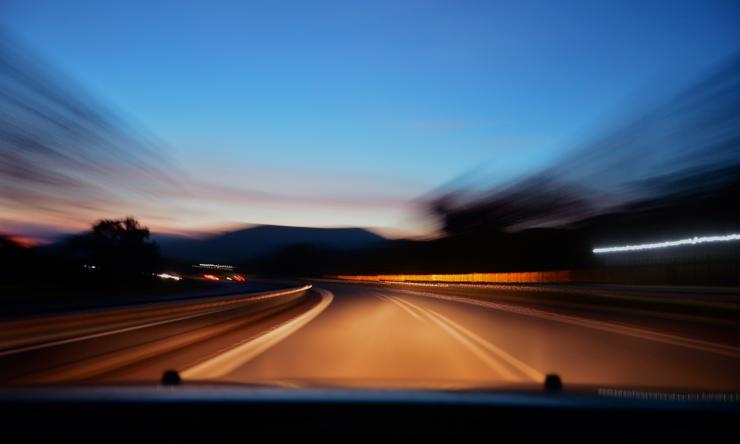Shedding light on driving in the dark
Driving at night might present more hazards than daytime driving. Nighttime blurriness is common, and bright headlights often lead to glares, halos around headlights and starbursts, which makes vision extremely challenging. A Baylor College of Medicine ophthalmologist explains the risks of nighttime driving.
“One of the first things to do for nighttime driving has nothing to do with the eyes; it’s to optimize all aspects of driving with your car that allow for better nighttime vision,” said Dr. Sumitra Khandelwal, professor of ophthalmology at Baylor.
A dirty or unclear windshield might not affect daytime driving, but it can hinder nighttime driving. Starbursts, halo, glares, smearing and streaking are more apparent in the dark, so cleaning the windshield is important. The screen in front of headlights easily dirties as well, especially if it rains and mud or water gets splattered on them. Khandelwal recommends wiping off any dirt or splash marks.
Pupils are large at night, which causes more glares and halos and alters prescription, making people more nearsighted. Some people notice blur at night but not during the day due to the slight change in prescription.
“Your prescription is generally set up in the eye doctors office, but sometimes it can be weak at night, so it’s important to get your eyes checked if you haven’t recently to get a better prescription for glasses or contact lenses. You want to make sure those are maximized,” she said.
Cataract formation occurs as people age, which can cause weak nighttime vision. Eye doctors can do tests to determine if the problem is prescription or cataract related. Dry eye also leads to nighttime vision issues such as streaking, halos and glares. Khandelwal suggests using artificial tears or prescription eye drops that help keep the corneas clear and lubricated without dry patches or dry spots.
When taking a road trip at night, make sure the windshield and headlights are clean. Use lubricating eye drops about 30 minutes before hitting the road and avoid putting them in right before the drive begins as drops can make vision slightly, temporarily blurry. Those who struggle with nighttime driving should not drive in the dark for long distances. Local driving where speed limits are minimal might not bother people at night, but the freeway often brings concerns.
“If you have to drive in the evening time and you’re not comfortable, try to stick with roads that you know and make sure you know where you’re going so you don’t have to be looking at street signs, which are harder to see at night,” Khandelwal said.










